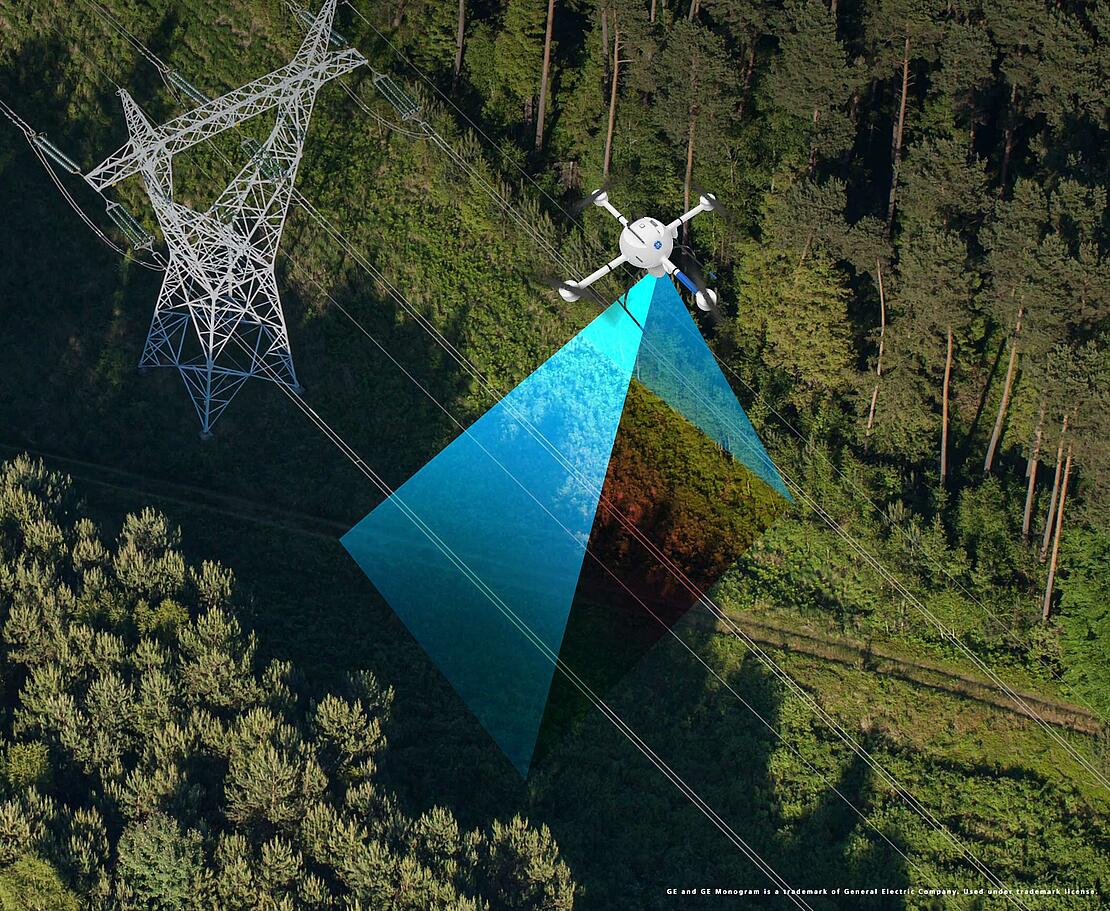In new years, the construction sector has witnessed the seismic shift using the introduction of drone surveying. These kinds of unmanned aerial automobiles have quickly come to be indispensable tools, modifying just how industry professionals approach planning, development, and project managing. https://zenwriting.net/topographicsurvey36/sky-high-insights-transforming-design-with-drone-surveying of counting solely on conventional surveying methods that could be time-consuming and labor-intensive. Web-site and get capture high-resolution photos and create in depth 3D maps, drones are revolutionizing how we visualize, determine, and execute design projects.
The benefits involving using drones for surveying are a lot more, and they also extend much beyond mere comfort. From increasing reliability and efficiency to reducing costs, drone technology offers some sort of comprehensive introduction to project sites which was previously unattainable. Even as dig deeper into this specific topic, you will explore the various applications of drone surveying, typically the technology that powers these devices, and even the future landscape of the design industry shaped with this innovation. Whether an individual are an experienced specialist or a newbie to the subject, understanding how drone surveying can enhance your current operations is crucial inside this rapidly innovating environment.
Benefits and Applying Drone Surveying
Drone surveying is revolutionizing the development industry by giving unprecedented benefits of which enhance project effectiveness and accuracy. One of the primary advantages is the particular ability to capture high-resolution aerial imagery and detailed topographical data quickly. Unlike traditional surveying approaches that may take days or even weeks to finish, drones can gather intensive site information inside a matter of hours. This expedited data collection certainly not only saves time but also enables for timely decision-making, leading to enhanced project timelines in addition to reduced costs.
In addition to speed, drones provide a standard of accurate that elevates the particular quality of construction planning. The the use of advanced receptors and imaging technologies enables construction professionals to create THREE DIMENSIONAL models and detailed maps that accurately reflect the landscape. This precision is critical for identifying prospective issues before these people escalate into high priced delays. Moreover, the usage of drones enhances files analysis capabilities, enabling teams to make informed choices regarding resource allocation and project management.
The programs of drone surveying extend beyond building projects, which is why they are concidered necessary tools in numerous companies. In agriculture, intended for instance, drones can be used for crop overseeing and land checks, enabling farmers to control their resources more effectively. Similarly, in environmental monitoring, drones help in gathering data regarding ecological studies in addition to land use setting up. The versatility associated with drone technology makes sure that it remains a significant contributor to enhancing accuracy, efficiency, plus decision-making across multiple sectors.
Comparing Drone Surveying to Traditional Methods
Drone surveying represents a substantial shift from classic methods, which usually involve extensive labor and time-consuming process. Traditional surveying typically requires field crews equipped with total channels, levels, and additional equipment to physically gather data tips. This method may be labor-intensive, especially with regard to large or complex sites. In comparison, drone surveying permits for rapid files collection from the particular air, covering great areas in some sort of fraction of typically the time it would take traditional surveyors. With advanced technology, drones can capture thorough imagery and data quickly, improving performance and project timelines.
An additional key difference is situated in the precision and quality in the data collected. Traditional surveying has lengthy been praised intended for its precision; nevertheless, drone technology offers advanced to a new point where this can equal or exceed that finely-detailed. With high-resolution cams and LIDAR detectors, drones can produce georeferenced maps and 3D models with remarkable accuracy. This functionality is particularly beneficial in challenging parcours where traditional procedures may struggle. The mixing of software for data analysis even more improves the reliability involving drone surveys, providing stakeholders with specific insights for decision-making.
Moreover, the cost-effectiveness of drone surveying may be a game-changer for the structure industry. While the particular initial investment inside drone technology and training could possibly be higher, the overall personal savings in labor, period, and resources could be substantial. look at this website surveying often incurs higher costs due in order to longer fieldwork and the requirement for even more personnel. Drones streamline the process, enabling teams to allocate resources more proficiently and focus about other critical factors of the job. As companies look for ways to improve their operations, typically the shift to drone surveying becomes not just a scientific upgrade but an organized advantage.
Preparing for Effective Drone Surveys
Preparing with regard to a drone survey involves careful preparing and site analysis to ensure the process runs efficiently. Before deploying virtually any drones, it will be crucial to recognize the actual objectives of the survey, including the desired results such as road directions, 3D models, or data sets. Understanding the project demands will guide the choice of the ideal drone technology and even equipment needed for the job.
Next, web-site preparation plays a vital role in the effectiveness of drone surveys. This involves conducting a comprehensive site inspection to identify any kind of obstacles or limited airspace areas. Clearing the survey web-site of physical items in the way and notifying relevant authorities can assist minimize potential disruptions. Furthermore, establishing a flight plan that thinks the drone's operational limits and battery power life can improve the efficiency of the survey, ensuring extensive coverage of the particular area.
Lastly, successful drone surveys require training and coordination among the team members involved. Ensuring of which the operators are well-trained in both drone flying and files collection methods will be vital for accuracy and safety. Moreover, engaging with stakeholders and establishing crystal clear communication protocols may facilitate smooth procedures, allowing for quick adjustments as necessary during the survey process. This comprehensive preparation not only maximizes the success of the survey but also leads to to the overall high quality of the data collected.

